In the vast world of reptiles, some of the most remarkable survivors come in the smallest packages. Tiny lizards, often overlooked due to their diminutive size, have evolved extraordinary adaptations that allow them to thrive in challenging environments across the globe. From scorching deserts to freezing mountains, these miniature marvels demonstrate remarkable resilience through specialized physical traits and behaviors. Their survival strategies showcase nature’s ingenuity, proving that sometimes the toughest competitors in life’s evolutionary race aren’t the largest or most intimidating, but rather the most adaptable. Let’s explore ten of these small-but-mighty lizards and discover what makes them such exceptional survivors against all odds.
The Resilient Dwarf Gecko
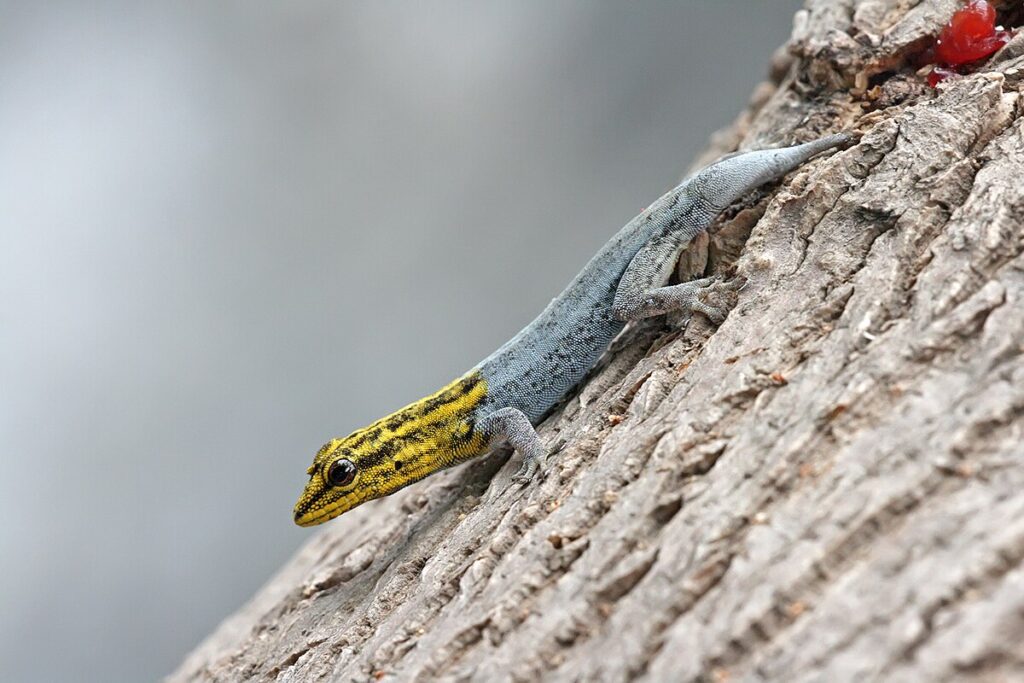
The tiny Dwarf Gecko (Sphaerodactylus species), often measuring less than 2 inches in length, has mastered survival in the Caribbean’s variable climate. These minuscule reptiles possess specialized toe pads covered with microscopic hair-like structures called setae that create molecular bonds with surfaces, allowing them to climb virtually any texture—even polished glass.
Their remarkable ability to drop and regenerate their tails serves as an effective predator-evasion tactic, sacrificing a body part to escape certain death. Perhaps most impressive is their capacity to thrive in human-modified environments, adapting to urban settings where many other native species have disappeared. Dwarf geckos also demonstrate incredible metabolic efficiency, requiring minimal food intake compared to larger lizards, which proves essential during resource scarcity.
Desert Night Lizard’s Extreme Adaptations
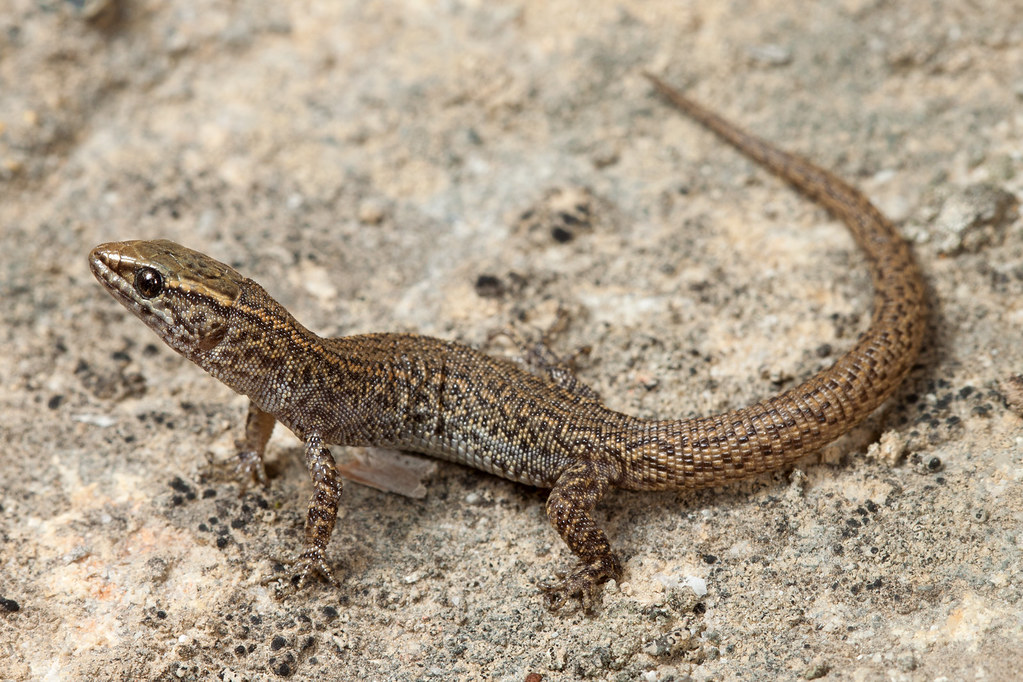
The Desert Night Lizard (Xantusia vigilis) measures a mere 1.5 to 2.7 inches yet survives in one of North America’s harshest environments—the Mojave Desert. These remarkable creatures have evolved a nocturnal lifestyle to avoid the scorching daytime temperatures that can exceed 120°F, emerging from their hiding places beneath fallen Joshua tree branches only after sunset.
Their specialized physiology allows them to survive on minimal water, extracting moisture from their insect prey and occasionally morning dew. Desert Night Lizards employ a survival strategy called torpor during extreme conditions, lowering their metabolic rate dramatically to conserve energy when resources are scarce. Some individuals have been documented surviving for more than 8 years in the wild—an extraordinary lifespan for such a small reptile facing such harsh conditions.
The Freeze-Tolerant Common Lizard
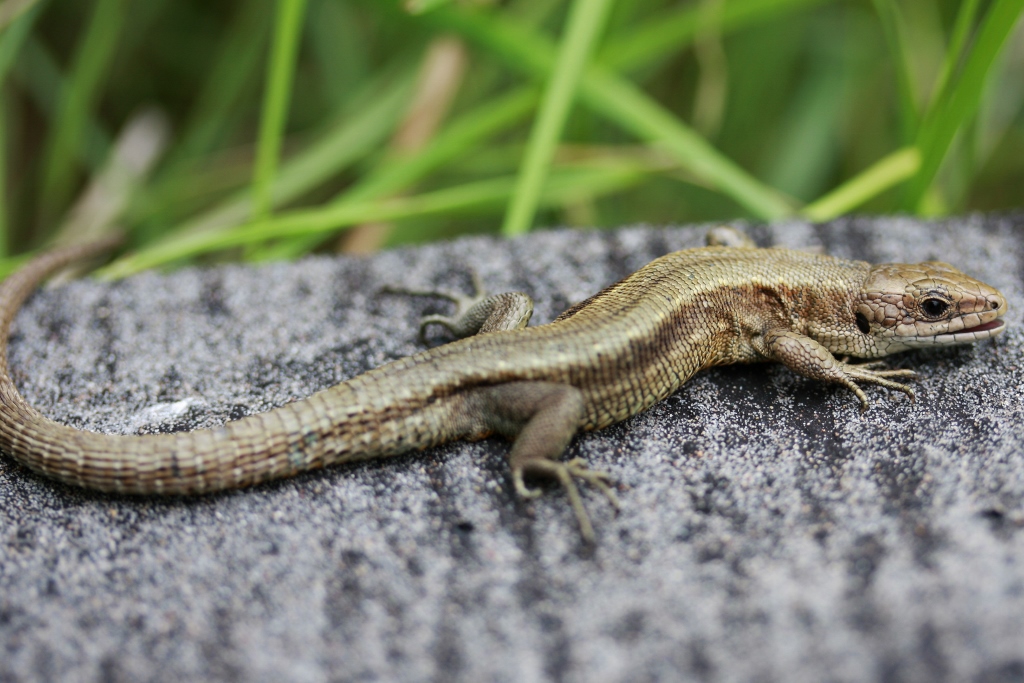
The Common Lizard (Zootoca vivipara) of northern Europe and Asia demonstrates remarkable cold tolerance despite its small 5-6 inch frame. This resilient species is one of the few reptiles found within the Arctic Circle, employing a remarkable adaptation that allows its body tissues to partially freeze without cellular damage.
During winter, these lizards produce natural antifreeze compounds in their bloodstream that prevent ice crystal formation within cells while allowing ice to form safely in spaces between cells. Female Common Lizards display another survival adaptation through viviparity—giving birth to live young rather than laying eggs—which allows them to thermoregulate their developing offspring in cold climates where egg incubation would be impossible. Some populations have even been documented surviving at elevations above 9,800 feet in the Alps, demonstrating incredible adaptability to extreme environments.
Mediterranean House Gecko’s Urban Conquest
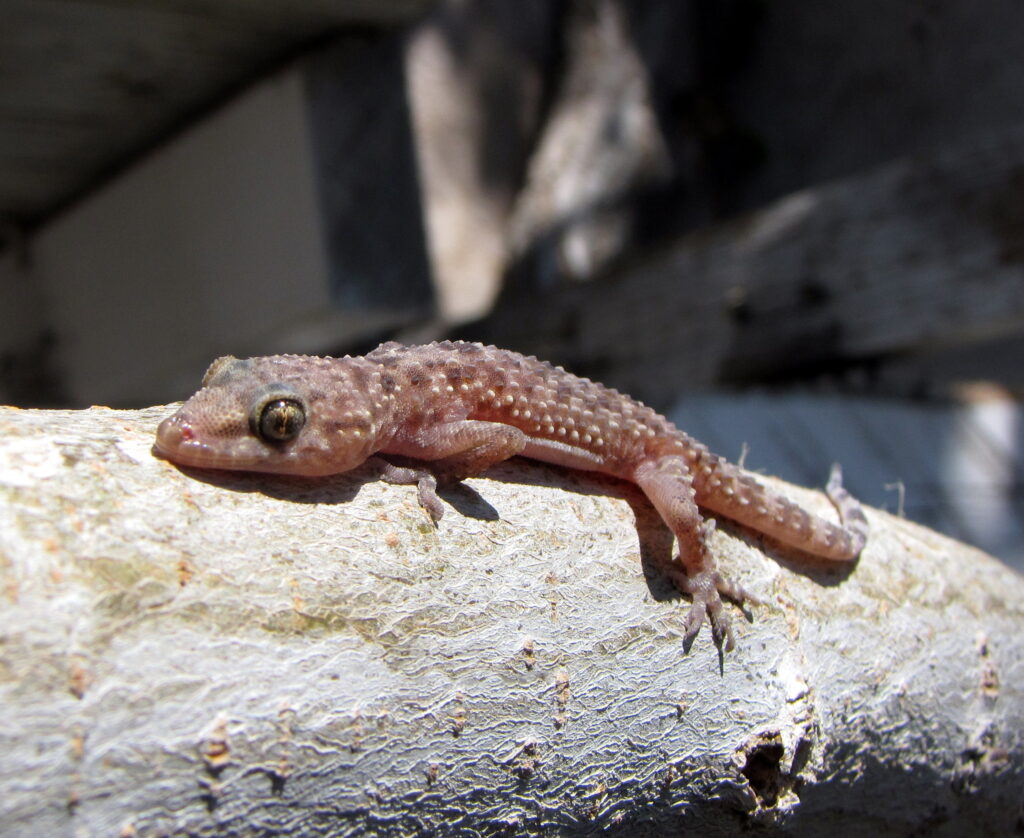
The Mediterranean House Gecko (Hemidactylus turcicus), typically measuring 3-5 inches, has become one of the world’s most successful invasive species due to its extraordinary adaptability. These small lizards have hitchhiked on cargo ships to establish populations on six continents, thriving in urban environments where native species often struggle. Their specialized toe pads allow them to scale vertical surfaces with ease, while their pale coloration helps them blend perfectly against stucco and concrete buildings.
Mediterranean House Geckos possess exceptional vision in low light conditions, allowing them to hunt insects attracted to artificial lighting around human dwellings. Perhaps most impressive is their ability to vocalize—producing chirping calls for territorial defense and mating—a rare trait among lizards that has contributed to their success in navigating complex social dynamics in densely populated urban areas.
Western Banded Gecko’s Desert Survival Tactics

The Western Banded Gecko (Coleonyx variegatus), rarely exceeding 3 inches in length, has perfected desert survival in the southwestern United States and northwestern Mexico through multiple specialized adaptations. Unlike most lizards, these tiny predators possess vertical pupils similar to cats, providing exceptional night vision for hunting when temperatures drop to manageable levels after sunset.
Their soft, pliable skin and absence of scales reduce water loss in arid environments, while specialized eyelids—transparent “windows” that protect their eyes while allowing vision—enable them to navigate sandstorms and burrow effectively.
Western Banded Geckos have evolved a remarkable defense mechanism whereby their tails secrete a foul-smelling, sticky substance when grabbed by predators, often allowing their escape. Additionally, these hardy little reptiles can store fat reserves in their tails to survive seasonal food shortages lasting several weeks.
The Indomitable Pygmy Leaf Chameleon
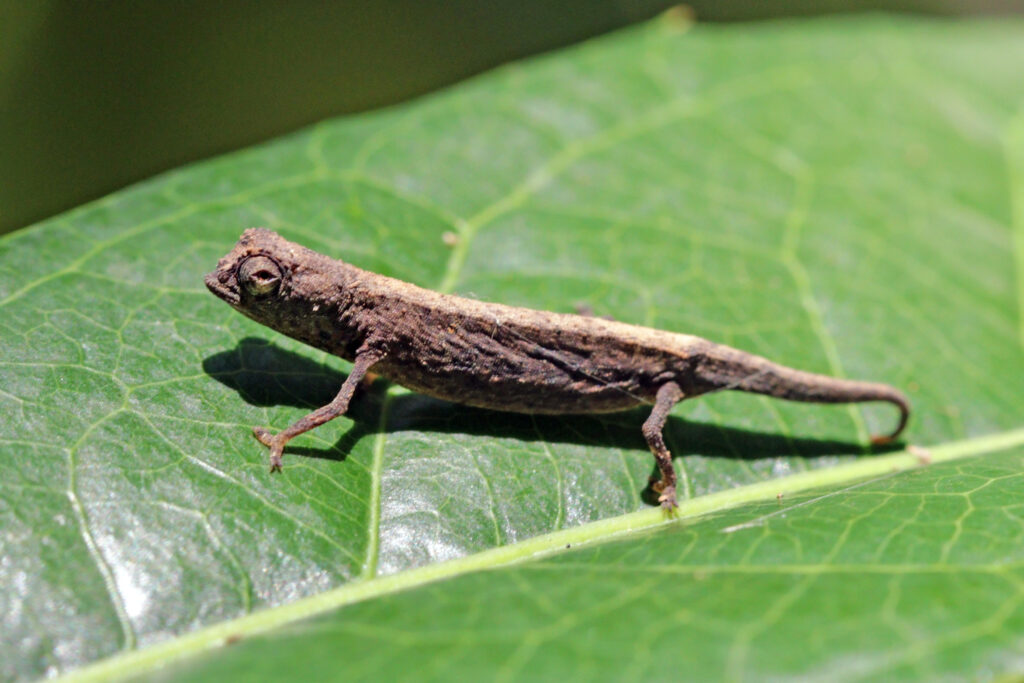
Madagascar’s Pygmy Leaf Chameleon (Brookesia minima), one of the world’s smallest reptiles at just under 1 inch in length, demonstrates remarkable resilience despite its miniature size. These tiny lizards have evolved perfect leaf-litter camouflage, with bodies that mimic dead leaves in color, texture, and even the appearance of leaf veins and decay patterns.
Their specialized feet allow them to navigate the precarious forest floor environment, gripping decomposing vegetation with precision to avoid predators. Pygmy Leaf Chameleons employ an energy-conservation strategy unique among chameleons—rather than expending energy on dramatic color changes, they maintain cryptic brown coloration and freeze in place when threatened, becoming virtually invisible among the leaf litter.
Despite inhabiting one of the world’s most threatened forest ecosystems, these tiny survivors have persisted where larger species have declined, demonstrating remarkable ecological resilience.
The Resilient Minute Leaf Chameleon
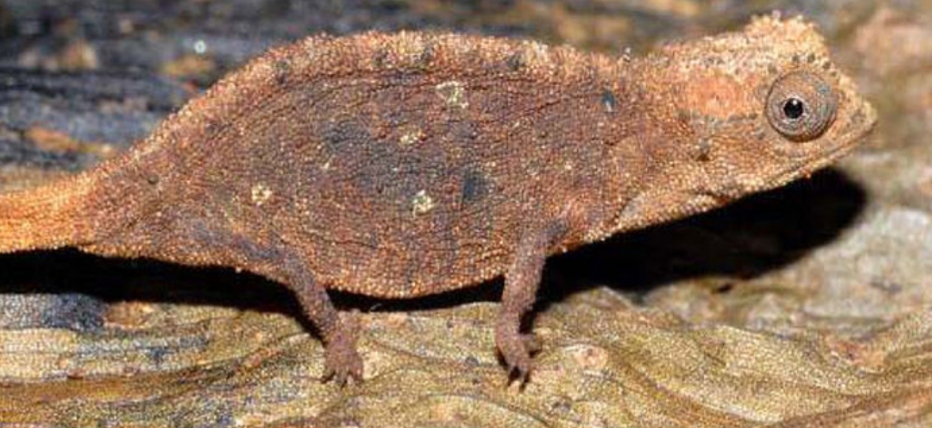
The Minute Leaf Chameleon (Brookesia micra), discovered in 2012 on a tiny islet off Madagascar’s coast, represents an extraordinary example of island dwarfism at just 29mm (1.14 inches) in length. These minuscule reptiles have adapted to an extremely specialized ecological niche, living exclusively among leaf litter on a limestone karst outcrop where they hunt prey proportionate to their tiny size.
Their remarkable miniaturization represents an evolutionary response to resource limitations, with every aspect of their anatomy optimized for efficiency—including reduced digit numbers and simplified skull structures compared to larger chameleon species.
Minute Leaf Chameleons exhibit unique reproductive adaptations, producing just one or two relatively large eggs at a time, investing significant maternal resources into each offspring to ensure viability in their challenging habitat. Despite their extremely restricted range making them vulnerable to habitat disturbance, these tiny lizards have persisted for thousands of years in their isolated environment, demonstrating remarkable evolutionary stability.
The Desert-Adapted Sandfish Skink
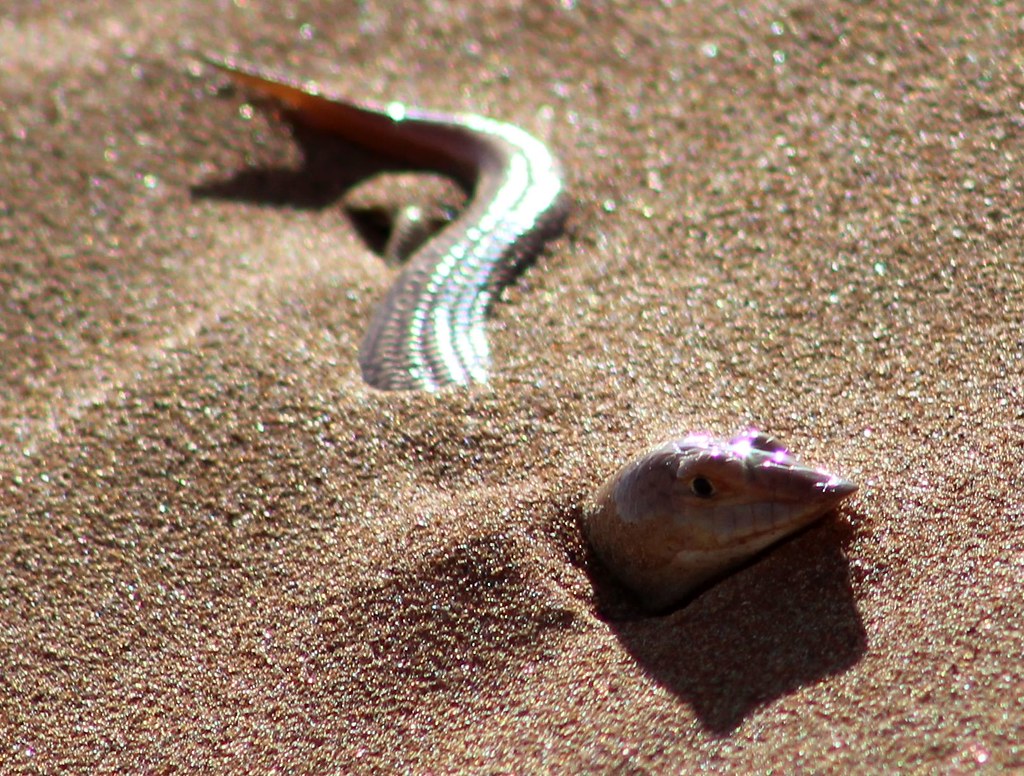
The Sandfish Skink (Scincus scincus), measuring just 4-6 inches, has evolved one of the most remarkable locomotion methods among vertebrates to survive the shifting sands of North African and Middle Eastern deserts. These specialized lizards can literally “swim” through sand with undulating motions identical to those used by fish in water, disappearing beneath the surface in seconds when threatened.
Their countersunk jaw and specialized respiratory system prevent sand from entering their mouths and lungs during subterranean movement, while polished, glass-smooth scales reduce friction by 30% compared to other lizards. Sandfish Skinks possess specialized sensory adaptations that allow them to detect vibrations of prey and predators through sand particles, effectively “seeing” through their environment without visual cues. Their extraordinarily efficient kidneys produce highly concentrated urine, minimizing water loss in their arid habitat and allowing them to survive in regions receiving less than 4 inches of rainfall annually.
The Adaptable Anole Lizards
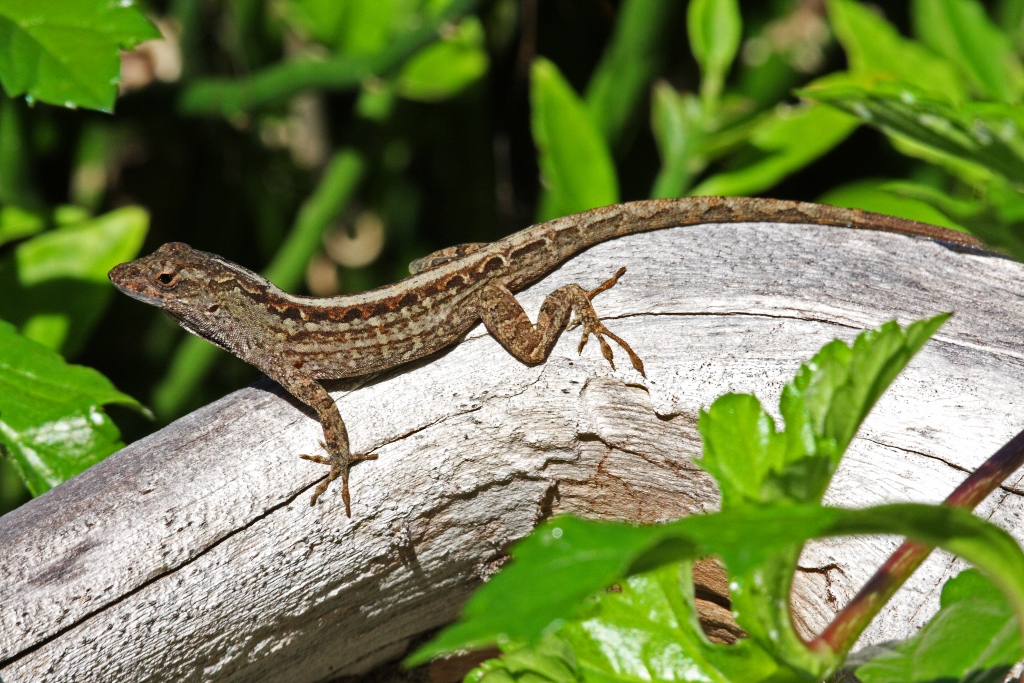
Brown Anoles (Anolis sagrei), typically measuring 5-8 inches including their tail, demonstrate remarkable evolutionary adaptability that has allowed them to become successful colonizers across the Caribbean and southeastern United States. Research has documented these small lizards evolving significant physical adaptations within just a few generations when introduced to new environments—developing larger toe pads on islands with hurricane exposure and longer limbs in areas with wider perching surfaces.
Their capacity for rapid microevolution became evident in a famous study where researchers observed populations developing longer legs when introduced to islands with competing lizard species, only to evolve shorter legs within 20 generations when those competitors were removed.
Brown Anoles possess another extraordinary adaptation in their dewlap—a brightly colored throat fan used for communication—which allows complex social interactions while minimizing physical confrontations that would waste precious energy. These lizards also exhibit remarkable behavioral plasticity, rapidly adjusting their foraging, thermoregulation, and predator-avoidance strategies when introduced to novel environments.
The Tenacious Rough-Scaled Lizard
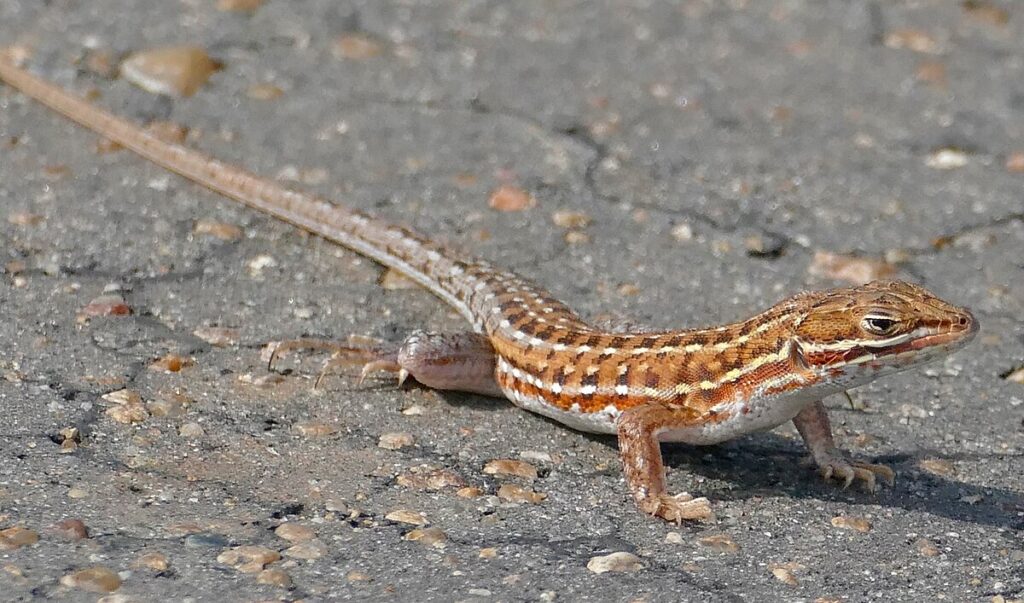
Australia’s Rough-Scaled Lizard (Tropidoscincus scincoides), measuring just 4-5 inches, has evolved extraordinary physiological adaptations to survive in seasonally dry environments across the continent. These hardy reptiles can reduce their metabolic rate by up to 70% during drought conditions, entering a state similar to hibernation called aestivation while waiting for the return of favorable conditions.
Their specialized scales feature microscopic ridges that channel morning dew toward their mouth, providing crucial hydration in areas where standing water is scarce for months at a time. Rough-Scaled Lizards possess remarkable temperature tolerance, remaining active at body temperatures ranging from 59°F to 104°F—one of the widest activity ranges documented among reptiles.
Female Rough-Scaled Lizards demonstrate another survival adaptation through reproductive flexibility, capable of storing sperm for up to 12 months and delaying egg development until environmental conditions favor offspring survival.
The High-Altitude Himalayan Agama
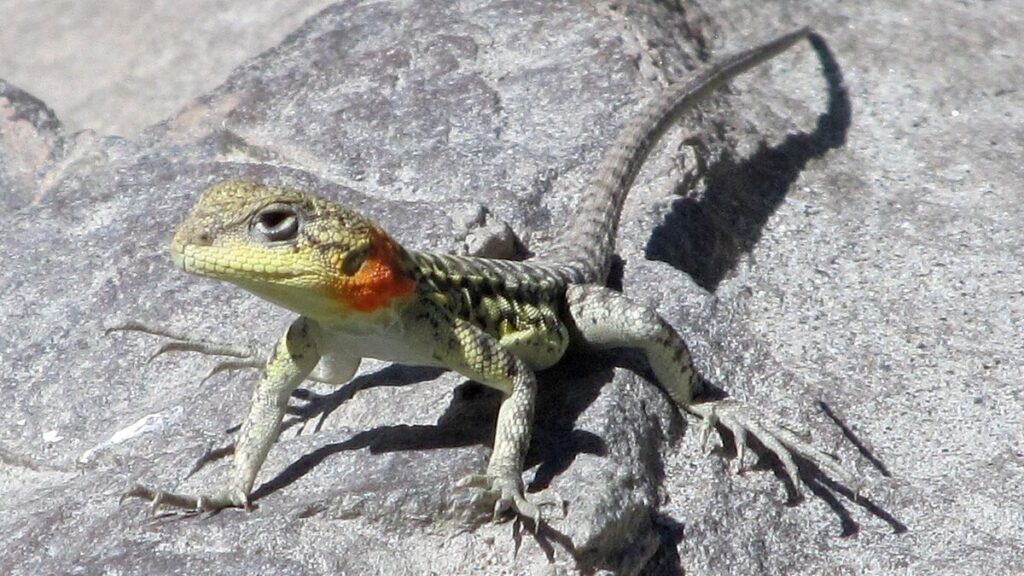
The diminutive Himalayan Agama (Laudakia himalayana), rarely exceeding 8 inches in length, demonstrates extraordinary physiological adaptations that allow it to survive at elevations above 16,000 feet—higher than many warm-blooded mammals can permanently inhabit.
These remarkable lizards have evolved specialized hemoglobin that binds oxygen more efficiently in thin mountain air, allowing cellular respiration to continue where most reptiles would suffocate. Their dark coloration allows for rapid heat absorption during brief sun exposure, while specialized scales reduce water loss in the extremely dry mountain air.
Himalayan Agamas possess an exceptional tolerance to UV radiation, with skin pigments that protect against levels of solar exposure that would damage DNA in most vertebrates. Perhaps most impressive is their freeze-tolerance adaptation—these lizards can survive body temperatures dropping to just above freezing overnight by producing specialized proteins that prevent ice crystal formation in their tissues, allowing them to become active again within minutes of morning sun exposure.
Evolutionary Lessons from Nature’s Tiny Survivors

The remarkable resilience demonstrated by these miniature lizards offers valuable insights into evolutionary success beyond mere size and strength. Each species illustrates how specialized adaptations to specific environmental challenges can prove more valuable than generalized traits in nature’s survival equation.
These tiny survivors remind us that evolutionary fitness often favors efficiency, specialization, and adaptability over size or strength—concepts increasingly relevant in understanding ecological resilience amid changing global conditions. The physiological solutions evolved by these lizards—from freeze tolerance to water conservation mechanisms—continue providing inspiration for biomimetic applications in human technology and medicine.
Perhaps most importantly, these diminutive reptiles demonstrate the extraordinary potential of life to find successful niches even in Earth’s most challenging environments, reminding us that nature’s most impressive survivors often come in the smallest packages.
The fascinating world of tiny lizards reveals nature’s ingenious solutions to life’s greatest challenges. These diminutive reptiles, through millions of years of evolution, have developed remarkable adaptations that allow them to thrive where larger species often fail. From the freeze-tolerant Common Lizard surviving within the Arctic Circle to the sand-swimming Sandfish Skink of North African deserts, each species demonstrates that resilience often comes through specialization rather than size.
As our planet faces increasing environmental challenges, these small but mighty survivors offer valuable lessons about adaptation and resilience. Their continued existence in some of Earth’s most extreme environments stands as testimony to the extraordinary power of evolutionary adaptation—proving that when it comes to survival, being tough often matters more than being big.

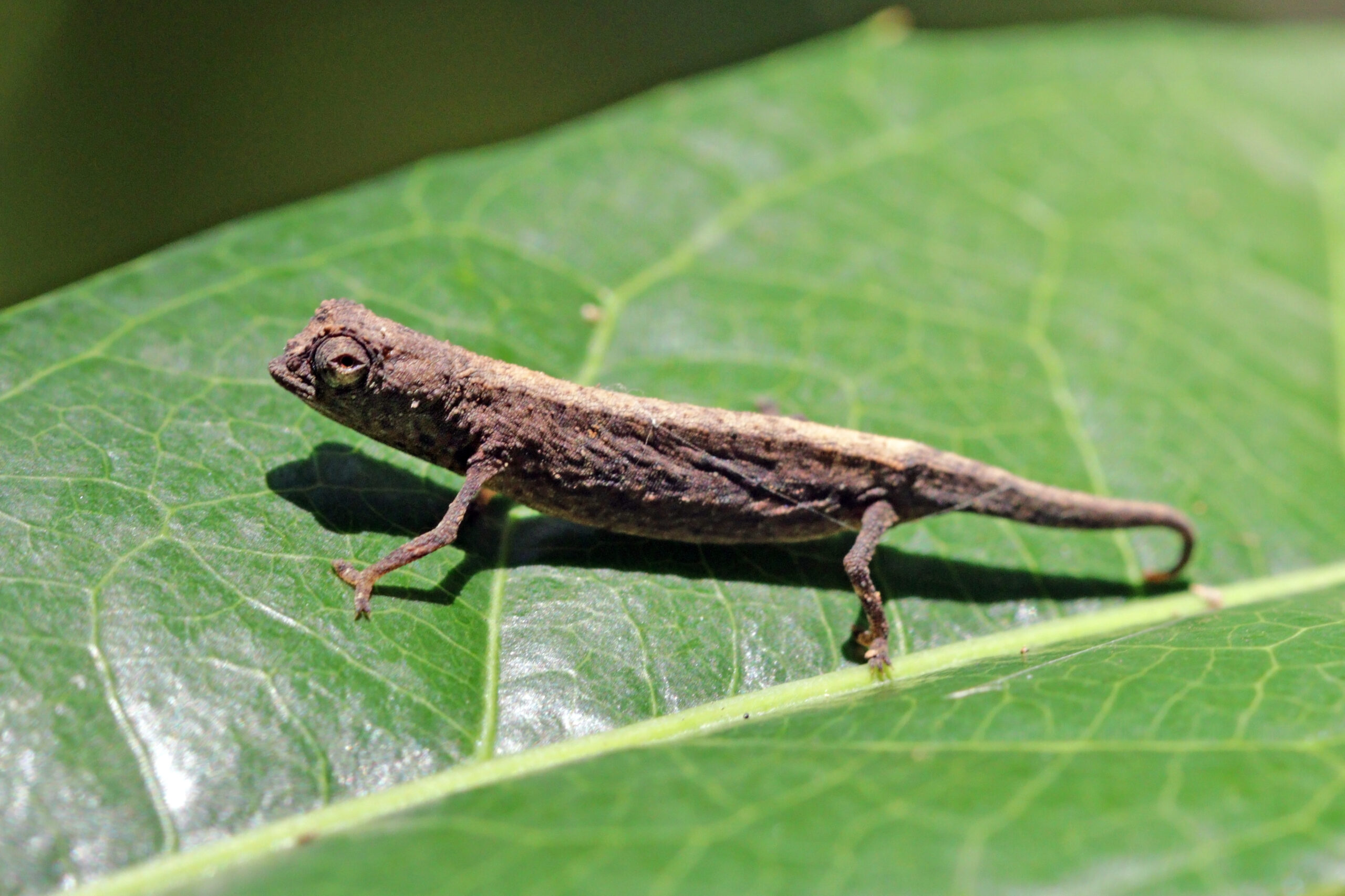
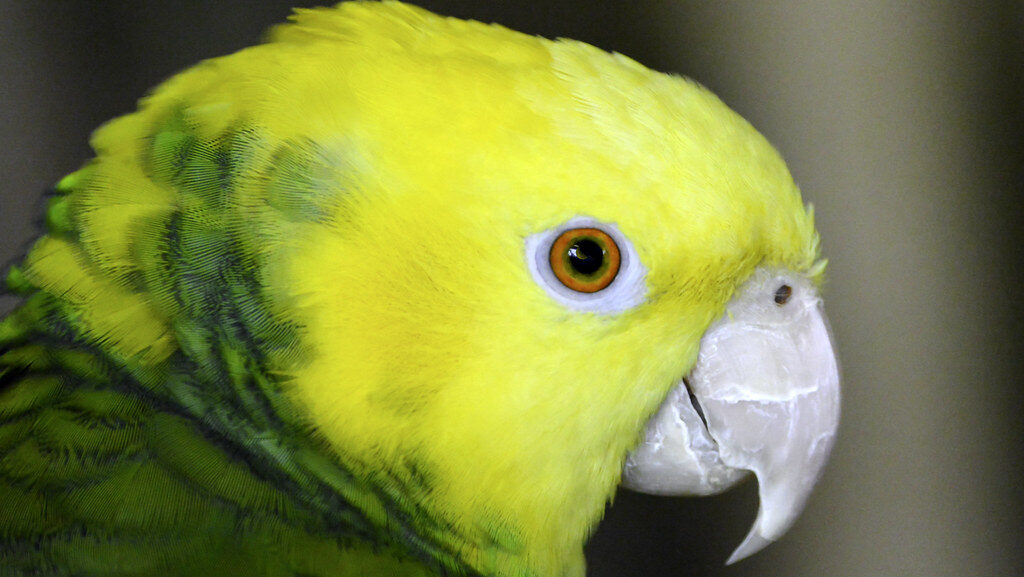
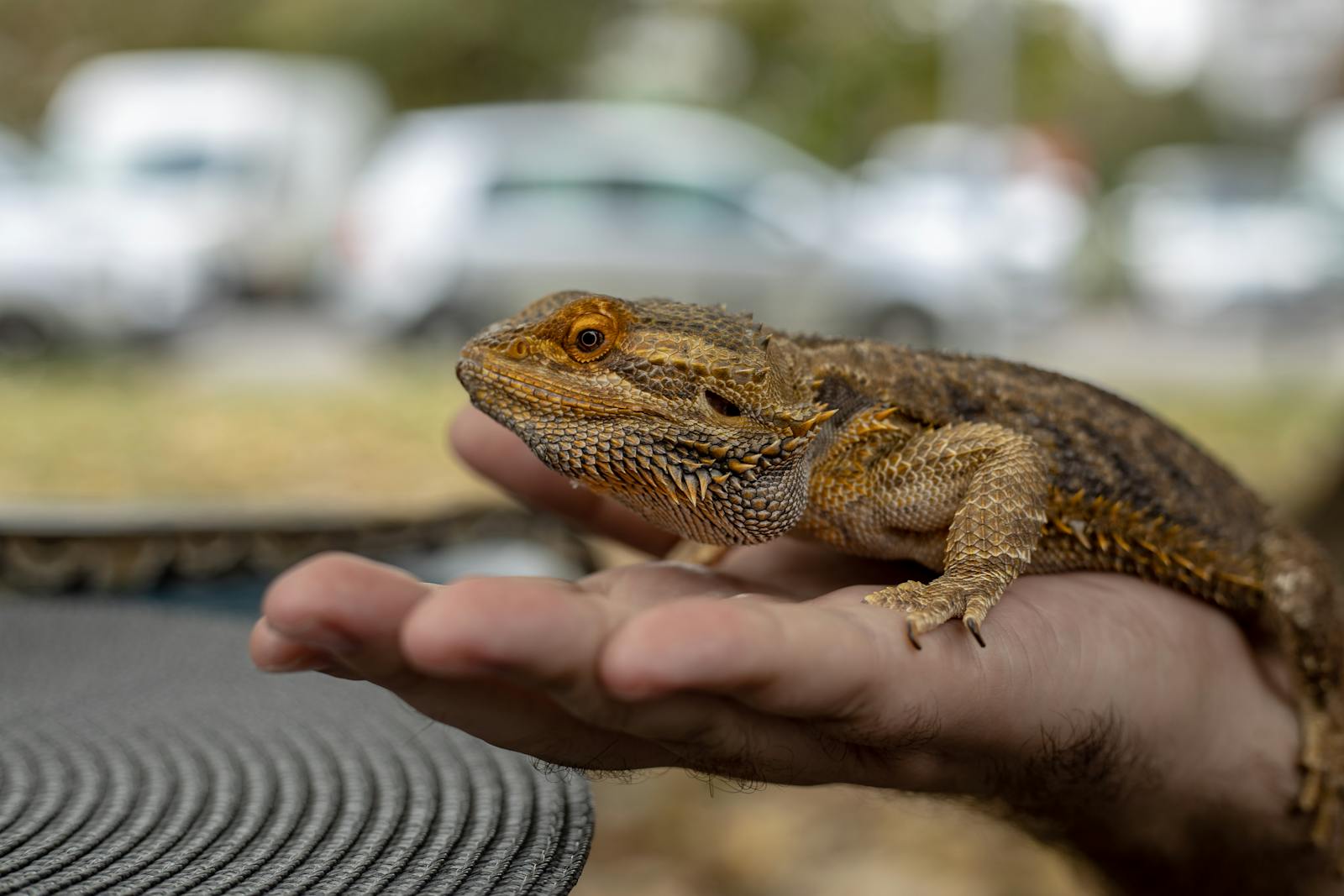
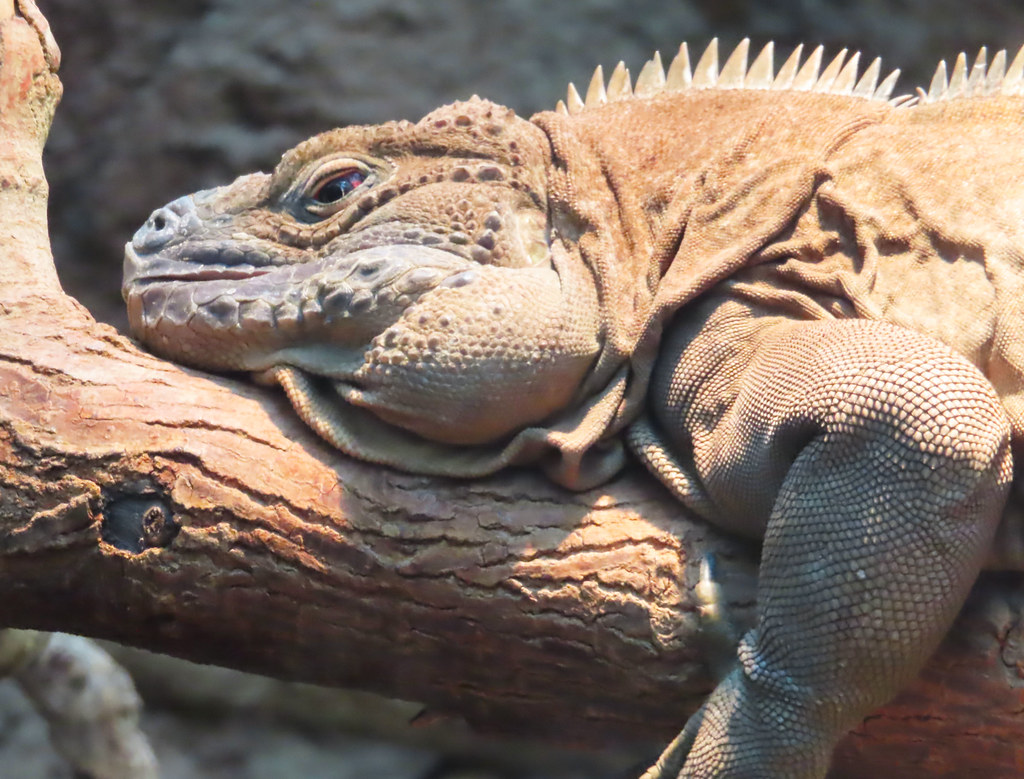
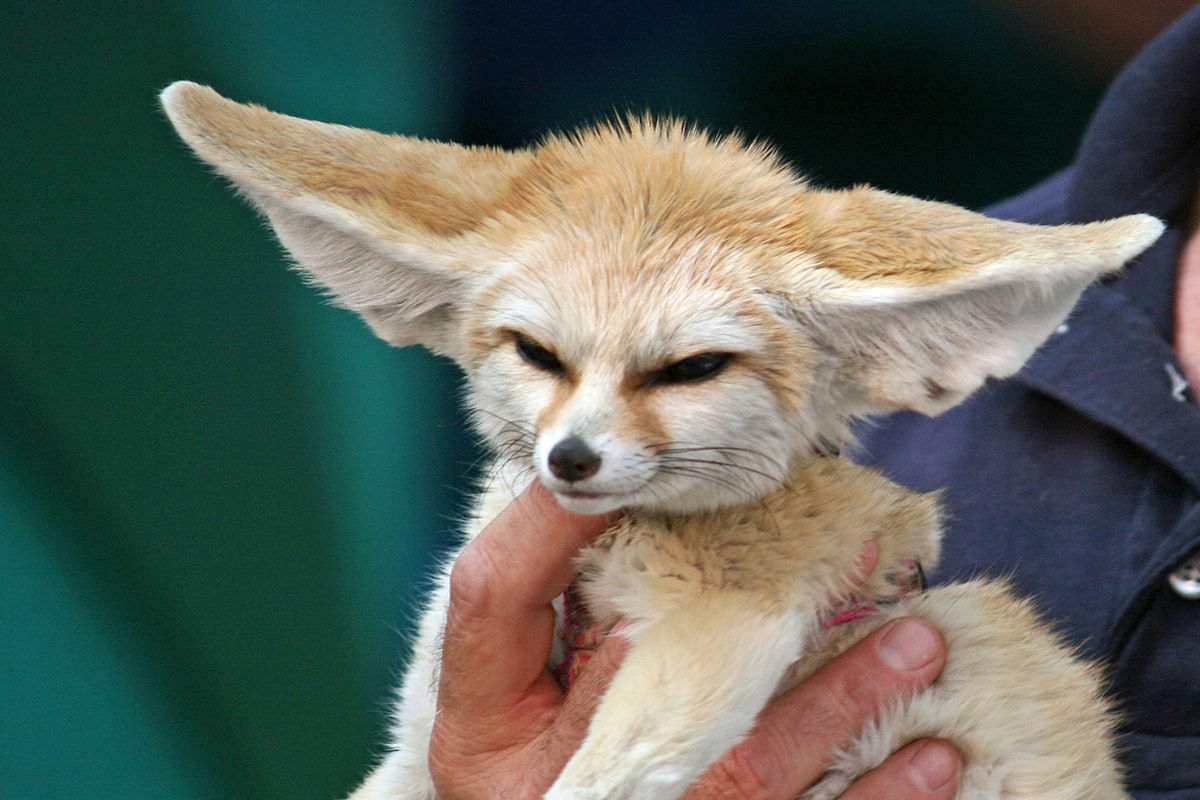
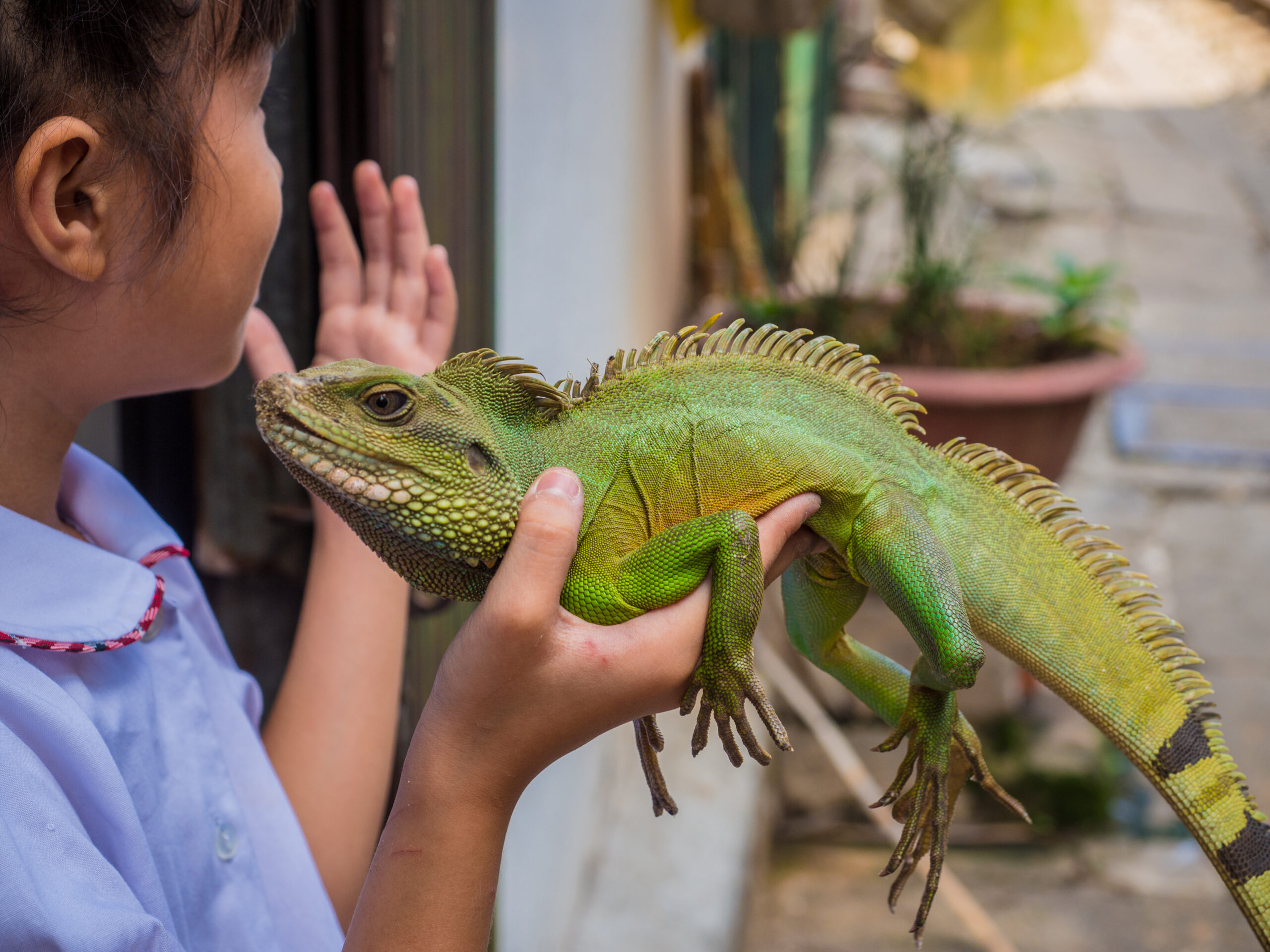
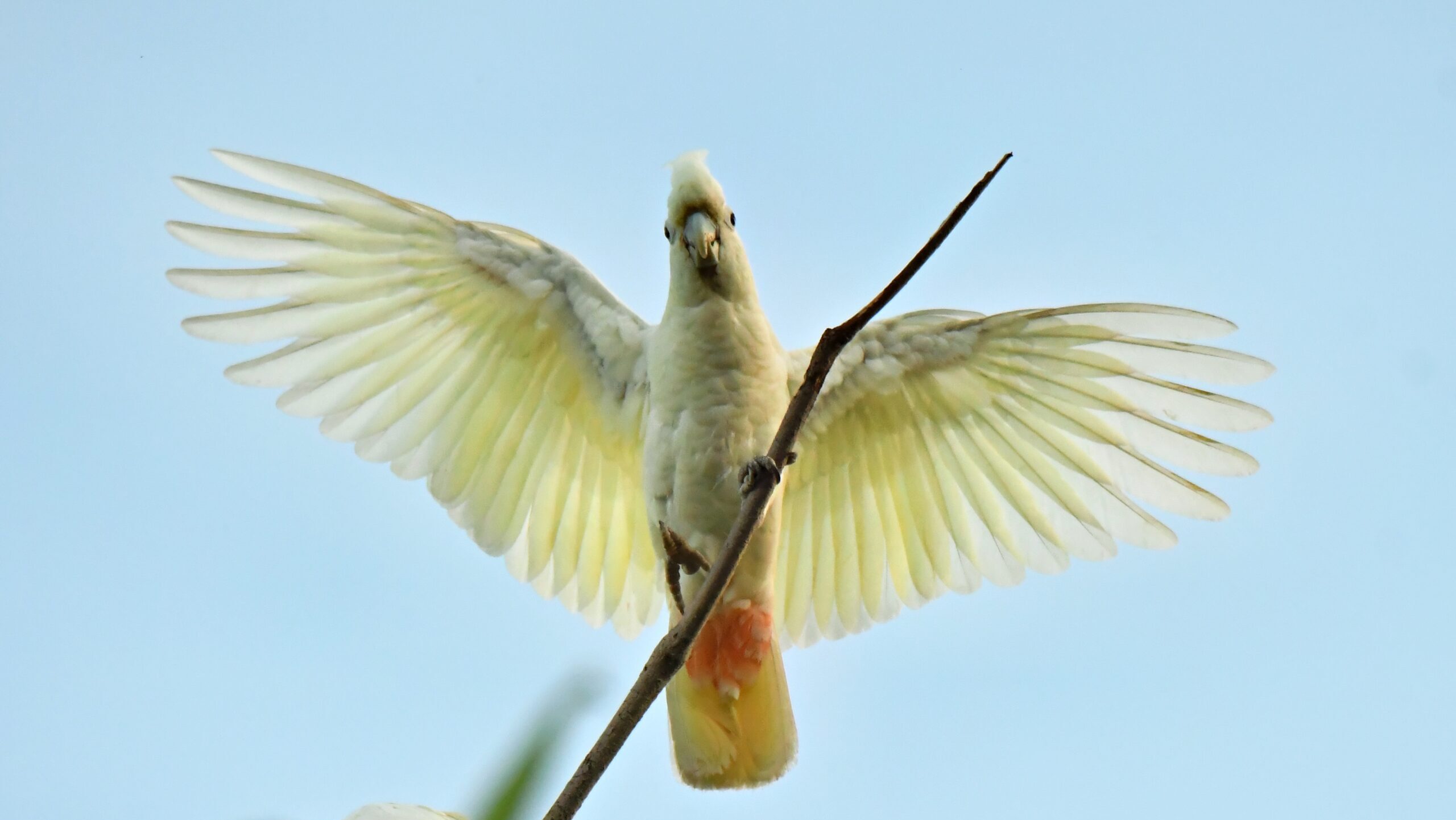

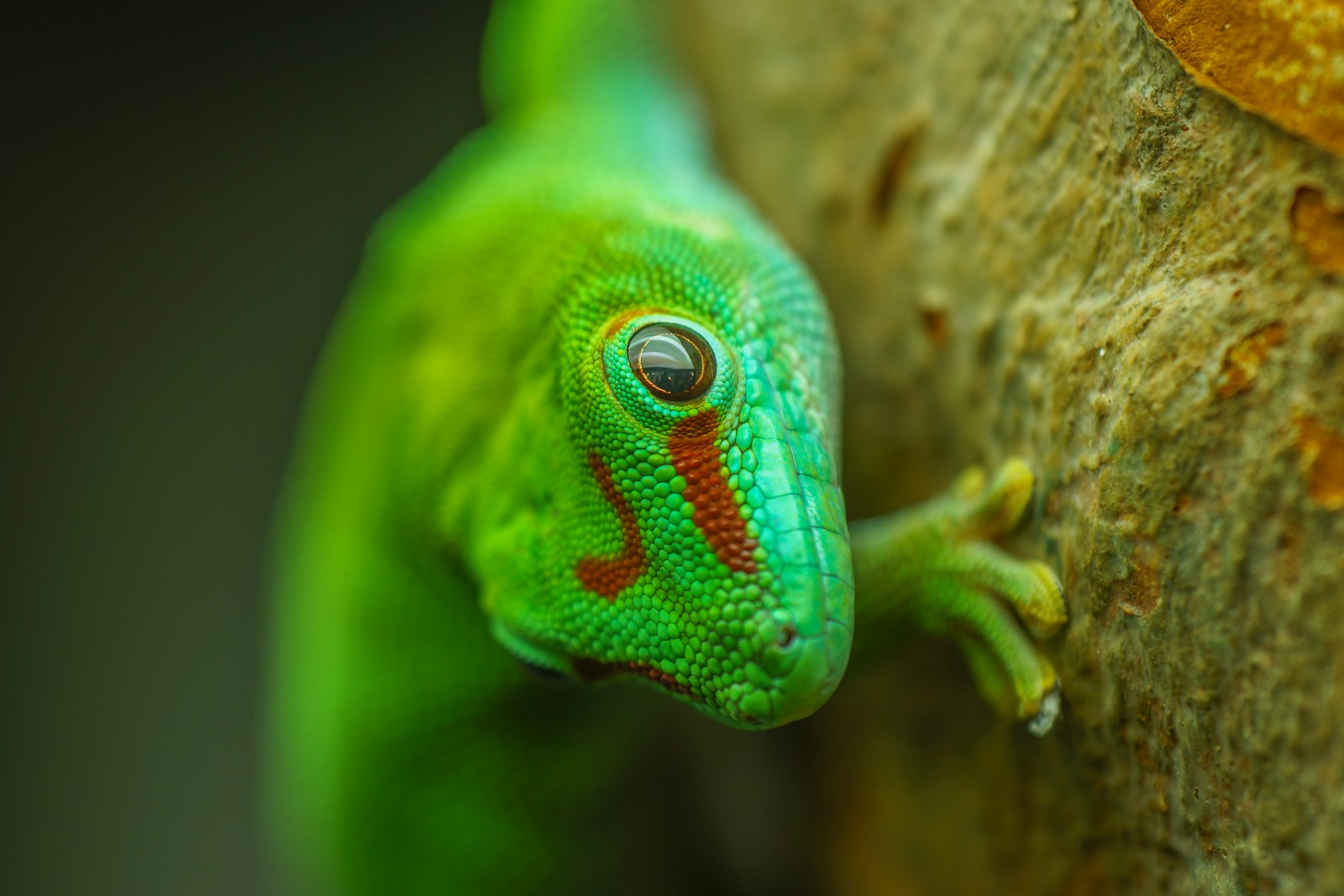
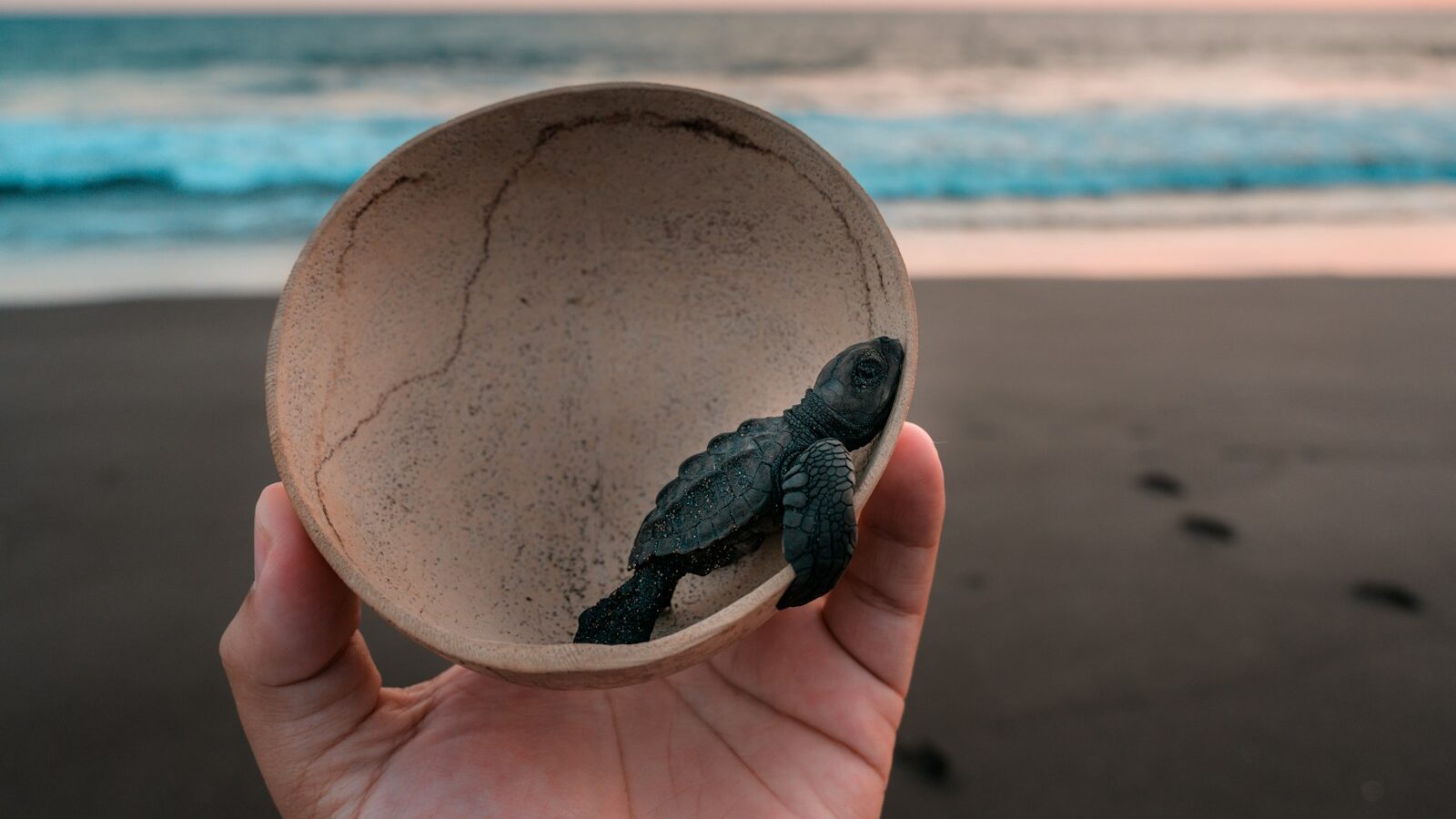
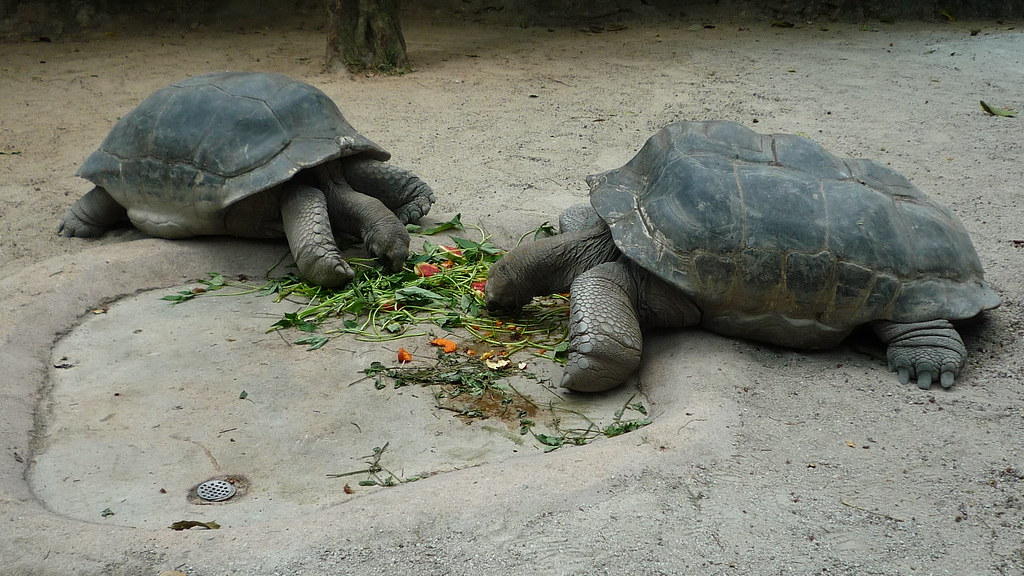




Leave a Reply